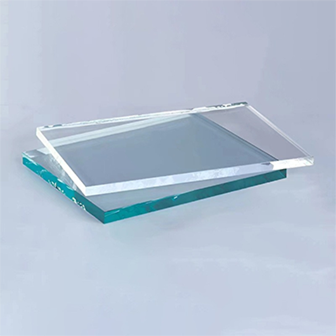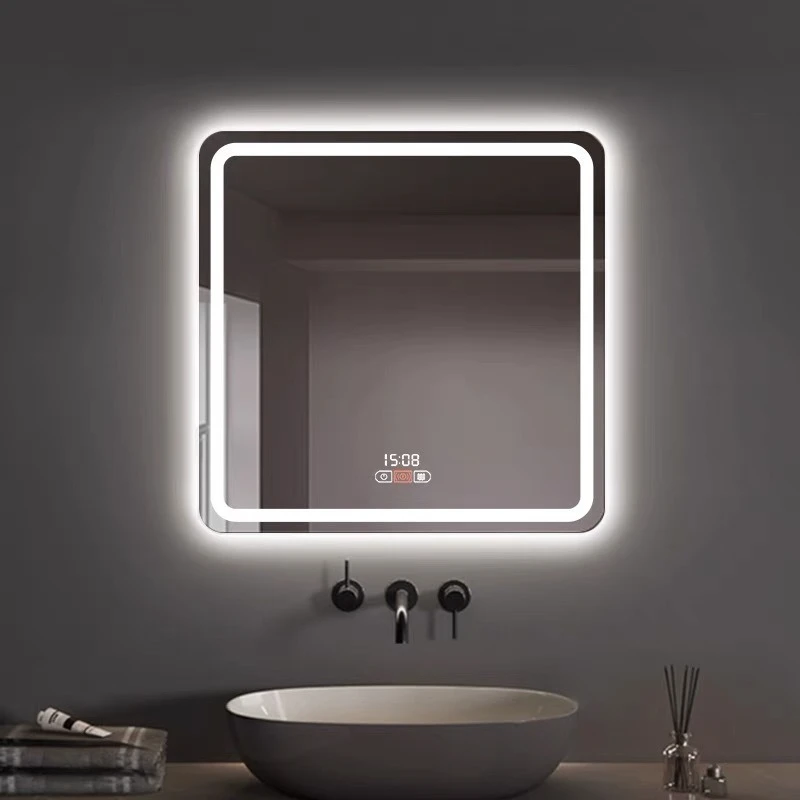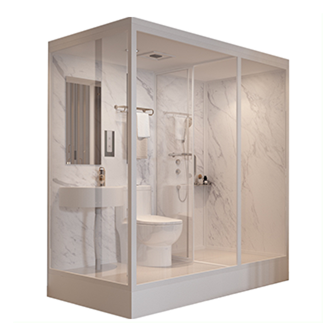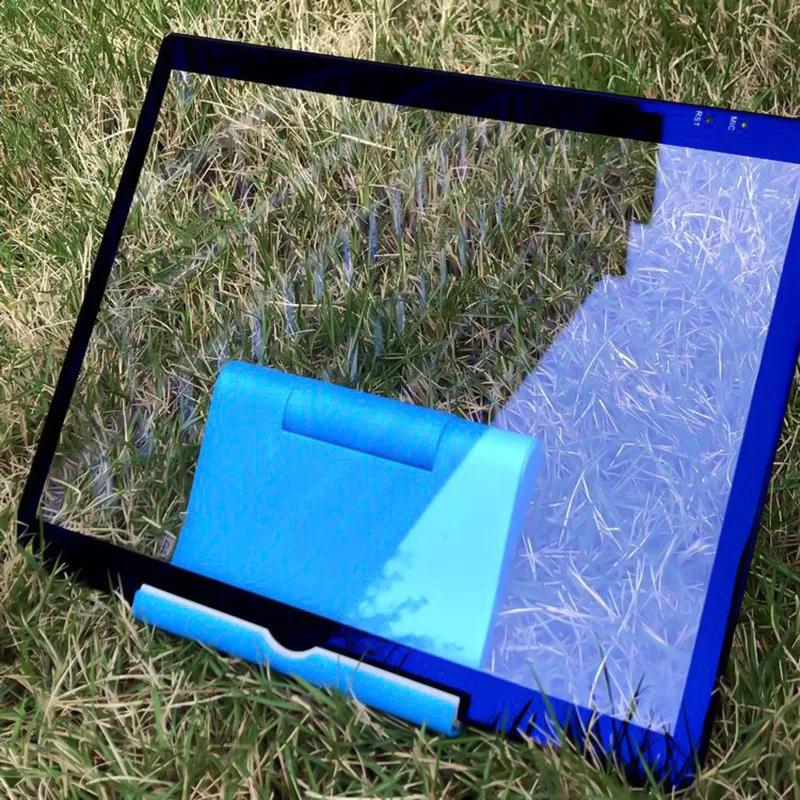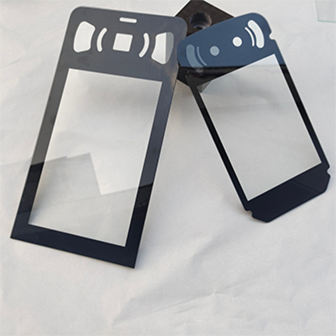Sep . 09, 2025 04:45 Back to list
Tinted Glass: Heat Absorption & Glare Reduction | SHAHE SHOTT GLASS Co., Ltd.
Tinted glass is a versatile material that combines functionality with visual appeal. By incorporating specific colorants during the manufacturing process, tinted glass offers enhanced solar control, reduced glare, and a wide range of aesthetic options. This article explores the features, applications, technical specifications, and the company behind this innovative product, Tinted Glass, while referencing authoritative standards from the National Institute of Standards and Technology (NIST).
Key Features of Tinted Glass
Heat Absorption and Solar Control
Tinted glass is engineered to absorb solar radiation more effectively than clear float glass. According to solar control testing, a 6mm thick clear float glass has a heat transmittance of 84%, whereas tinted glass reduces this to approximately 60%. The darker the color, the lower the heat transmittance, making it an ideal solution for regions with intense sunlight. This property not only enhances indoor comfort but also contributes to energy efficiency by reducing the need for air conditioning.
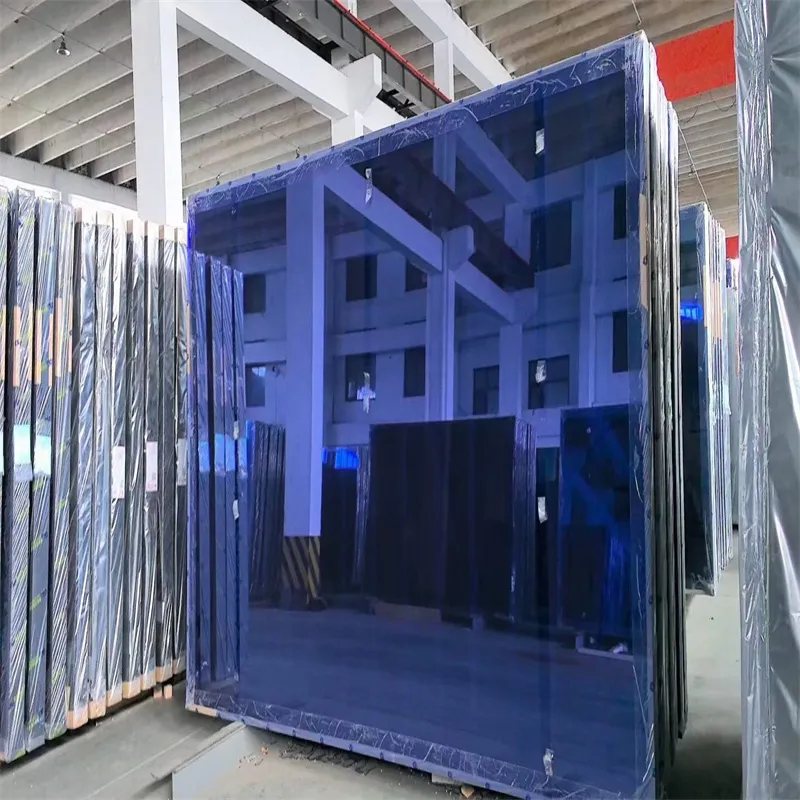
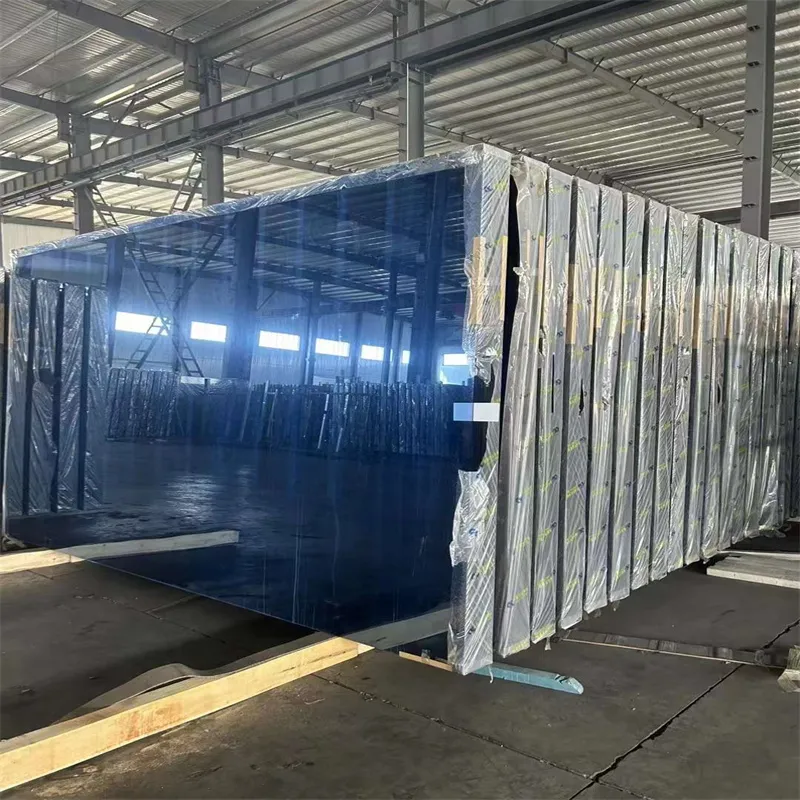
Glare Reduction and Light Control
In areas with high solar intensity, such as deserts or low-latitude regions, tinted glass effectively reduces light transmission, softening the intensity of sunlight. This feature is particularly beneficial in commercial and residential buildings, where excessive glare can cause visual fatigue and decrease productivity. By controlling indoor light levels, tinted glass creates a more comfortable and visually appealing environment. Additionally, the company offers reflective glass variants, which further enhance energy efficiency through advanced coating technologies.
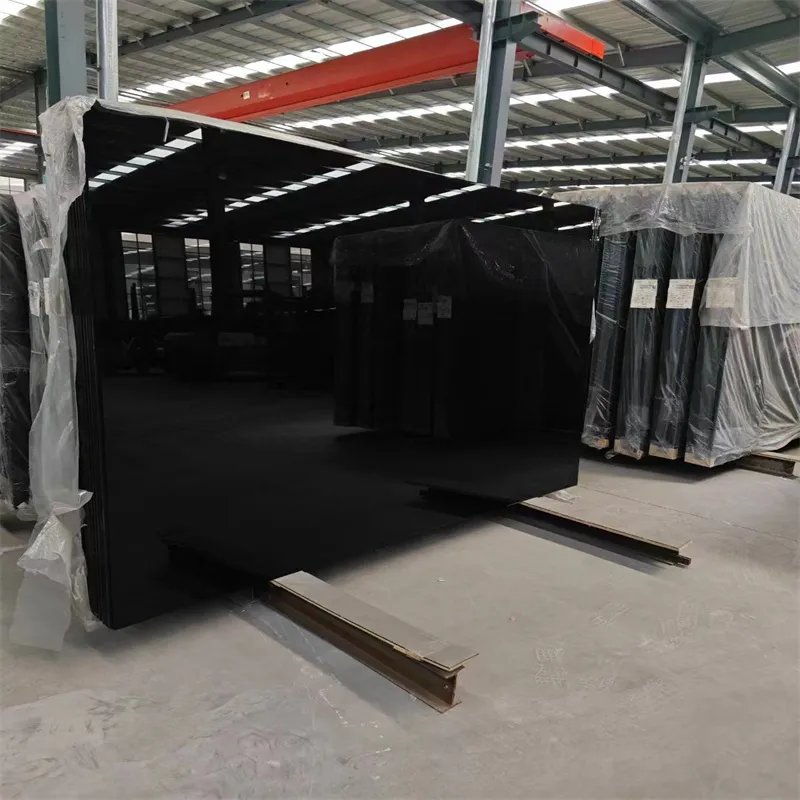
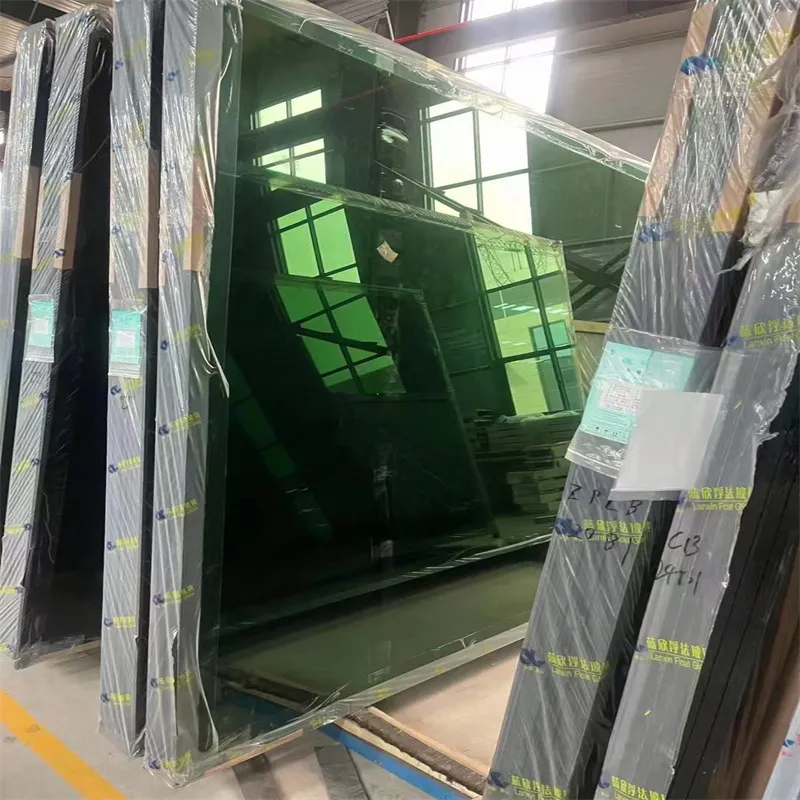
Applications of Tinted Glass
Architectural Use
Tinted glass is a critical component in modern architecture, enhancing the visual appeal of building facades while improving energy performance. Its ability to regulate sunlight makes it suitable for both commercial and residential structures. For instance, offices with large windows can benefit from tinted glass by reducing glare and maintaining a comfortable indoor temperature, thereby boosting employee productivity. According to NIST, the integration of materials with optimized thermal properties can significantly reduce energy consumption in buildings (NIST).
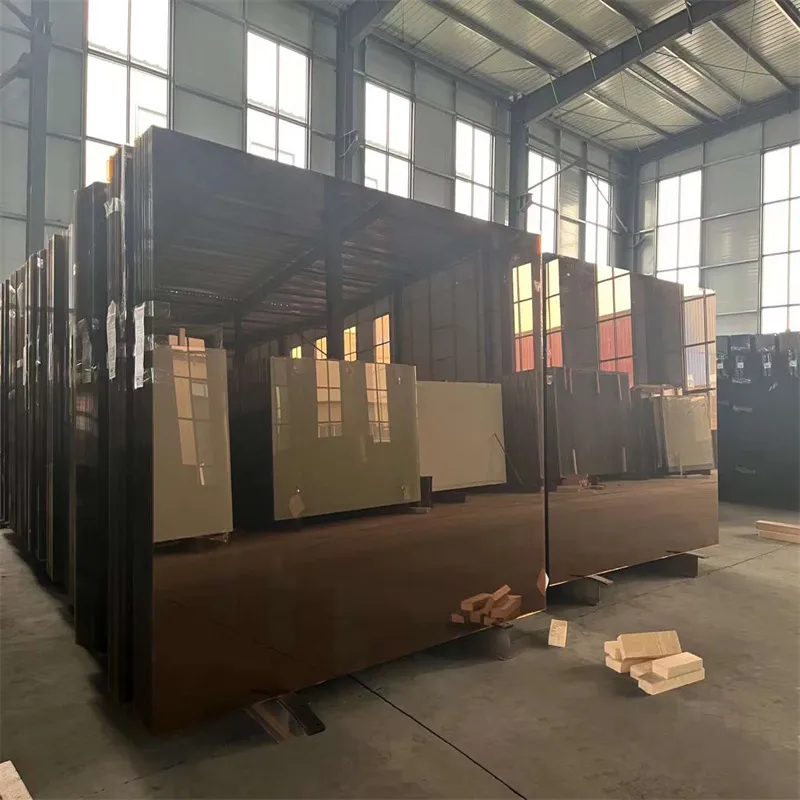
Interior Design
Beyond its functional benefits, tinted glass adds a touch of elegance to interior spaces. It can be used in partitions, window panels, and decorative elements to create a sophisticated ambiance. The availability of multiple colors, such as Golden Bronze, Dark Grey, and F-Blue, allows designers to tailor the look to specific aesthetic preferences. This versatility makes tinted glass a popular choice for both modern and traditional interiors.
Automotive Industry
In the automotive sector, tinted glass is used in vehicle windows to block excessive sunlight, reducing driver fatigue and improving safety. By minimizing glare, it helps prevent accidents caused by sudden brightness. The company offers custom processing options, including cutting, tempering, and laminating, to meet the specific requirements of automotive applications.

Technical Specifications
| Size (mm) | 1650x2140, 1830x2440, 2140x3300, 2440x3300 or other custom size |
|---|---|
| Thickness | 4mm, 5mm, 6mm, 8mm |
| Color | Golden Bronze, Euro-Bronze, Dark Grey, Euro Grey, Black, F-Blue, Dark Green, F-Green, Ocean Blue, etc. |
| Applications | Architecture, furniture, decoration |
Company Background
The SHAHE SHOTT GLASS Co., Ltd. is a leading manufacturer of tinted glass, offering a wide range of products tailored to diverse needs. With a focus on quality and innovation, the company provides custom solutions, including cutting, tempering, and laminating. Their commitment to excellence is reflected in the precision of their manufacturing processes and the durability of their products.
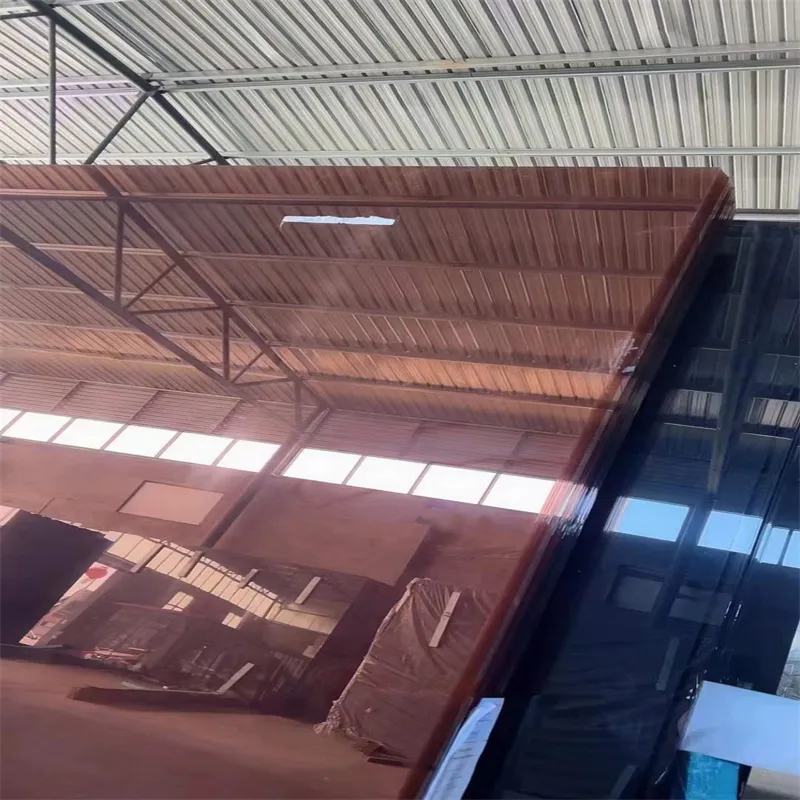
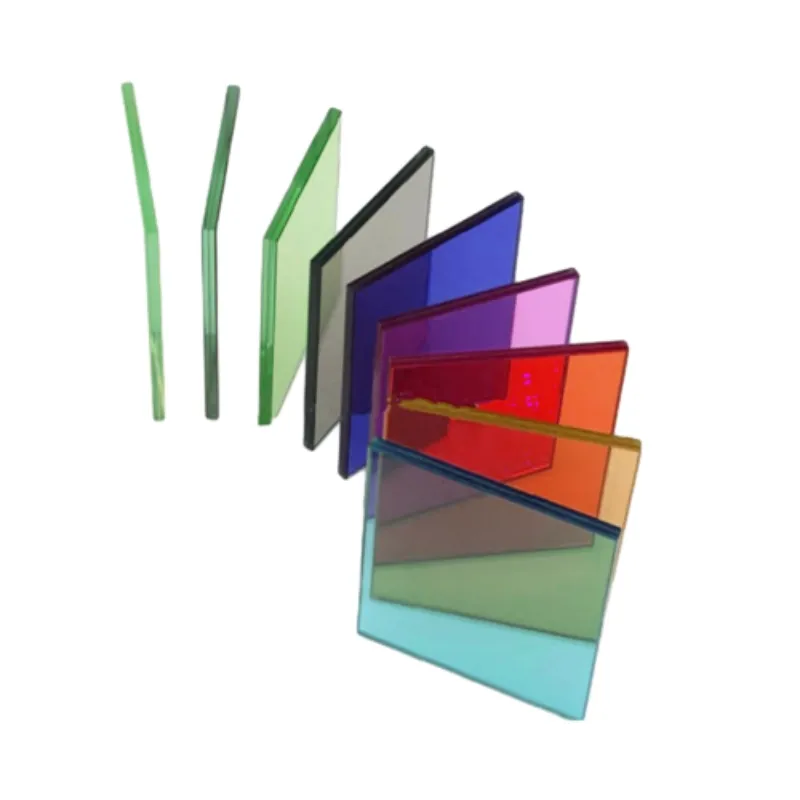

Conclusion
Tinted glass is a multifunctional material that addresses both practical and aesthetic needs in various industries. Its ability to control solar radiation, reduce glare, and enhance visual appeal makes it a valuable asset in architecture, interior design, and automotive applications. With a comprehensive range of colors and processing options, Tinted Glass by SHAHE SHOTT GLASS Co., Ltd. offers tailored solutions for modern challenges. As highlighted by NIST's emphasis on measurement standards, the performance of materials like tinted glass plays a crucial role in advancing energy efficiency and sustainability (NIST).
References
National Institute of Standards and Technology (NIST). (n.d.). Retrieved from https://www.nist.gov/
-
Types of Reflective Glass
NewsNov.17,2025
-
What Is Dichroic Glass?
NewsNov.17,2025
-
Smart LED mirrors can have touch controls
NewsNov.17,2025
-
Laminated glass improves energy efficiency
NewsNov.17,2025
-
Insulated glass enhances building comfort
NewsNov.17,2025
-
Acid etched glass offers elegant privacy
NewsNov.17,2025
Related PRODUCTS


